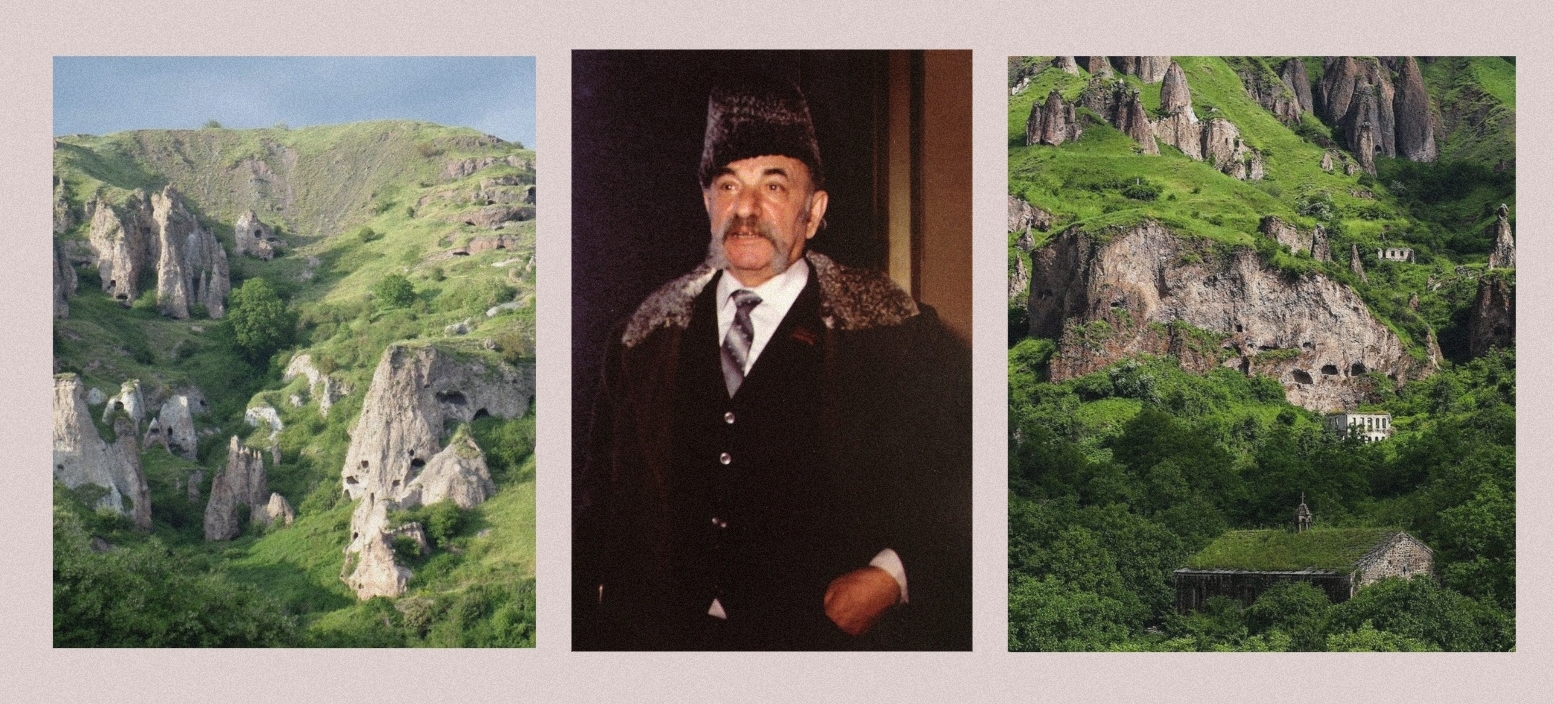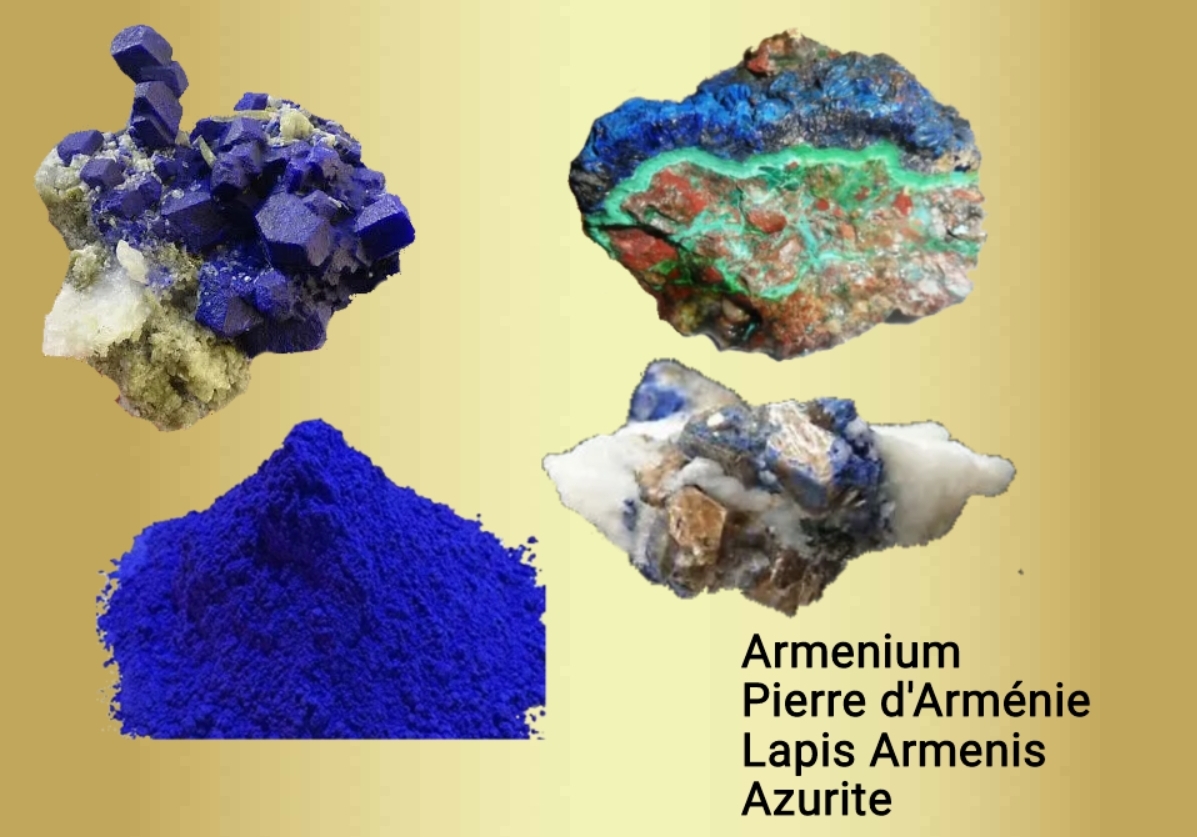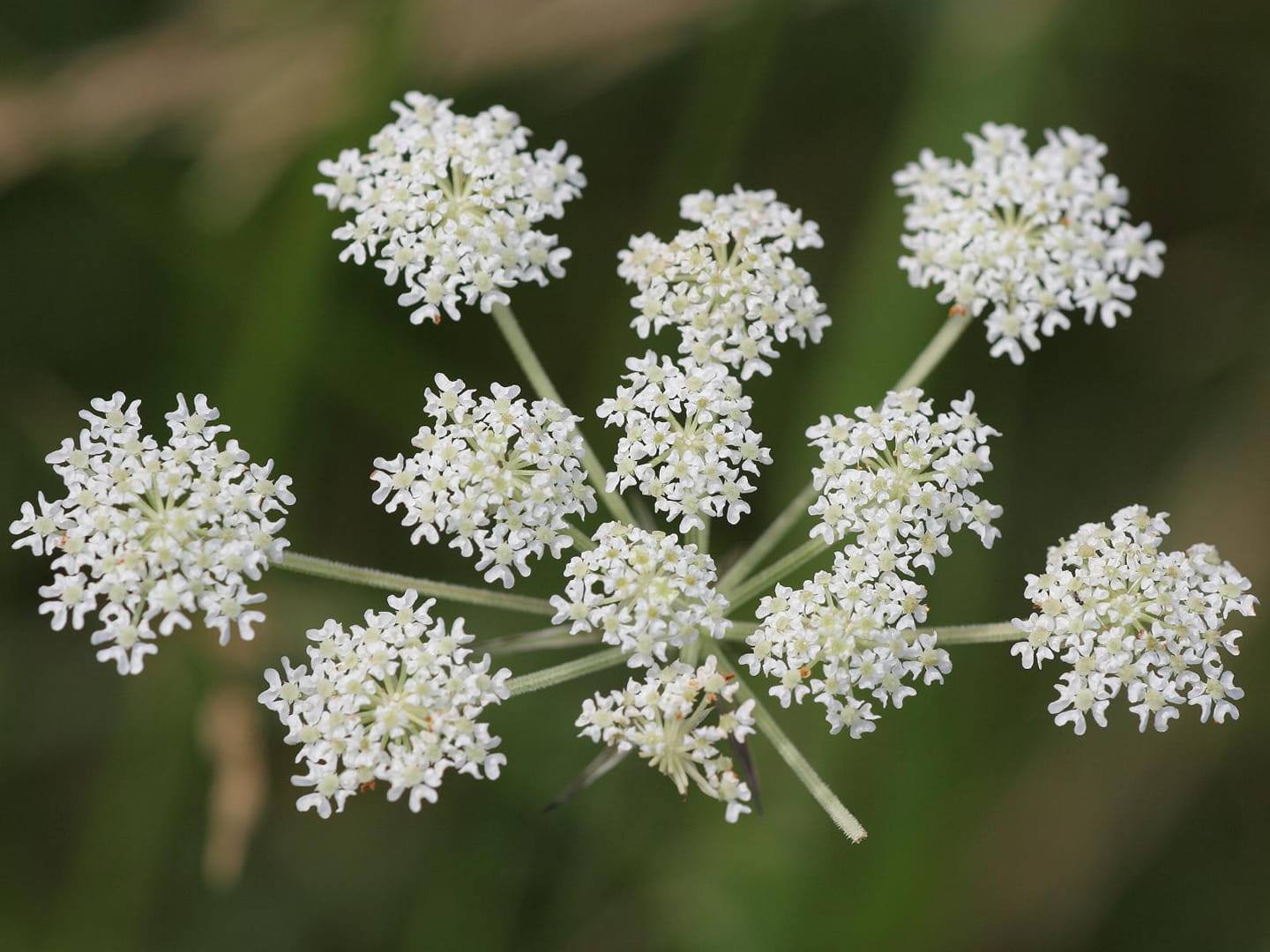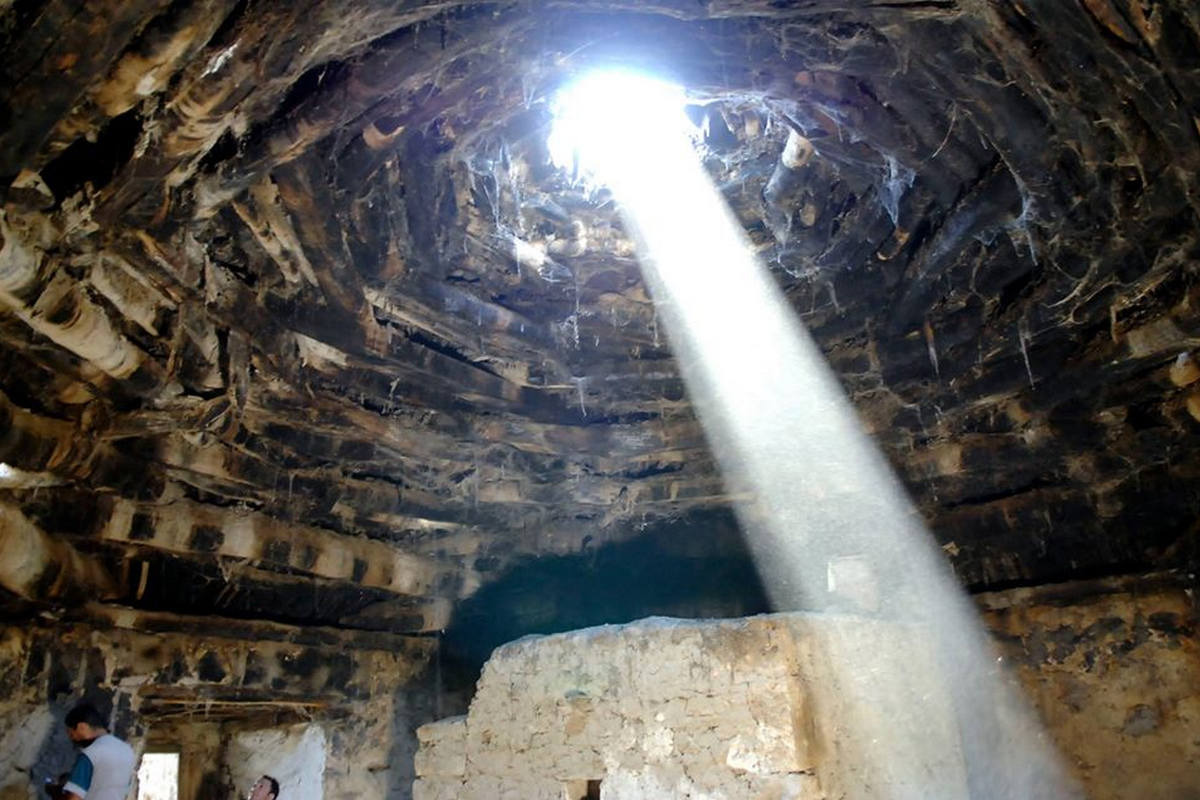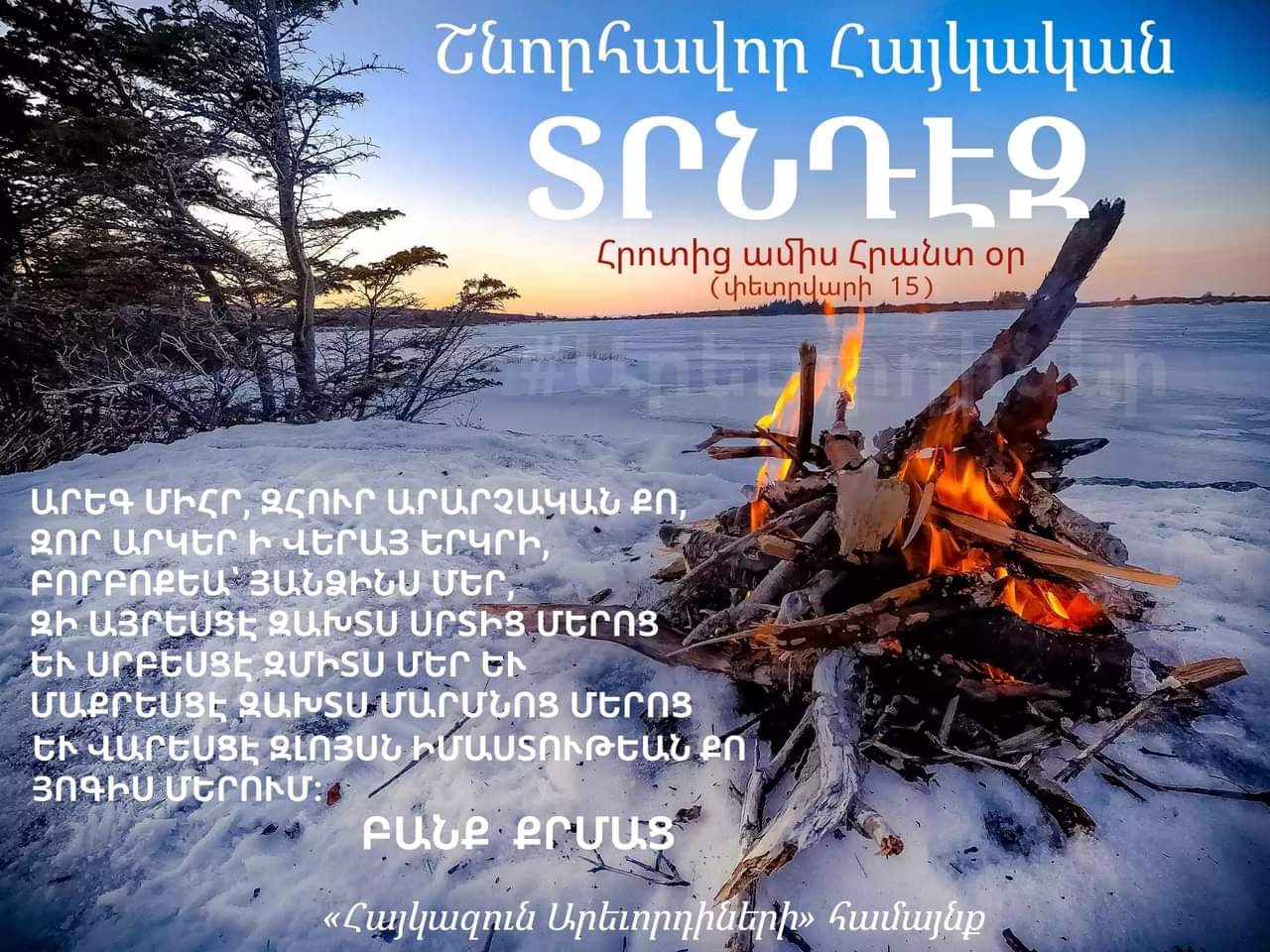“Everything returns to its original source in order to begin anew…”
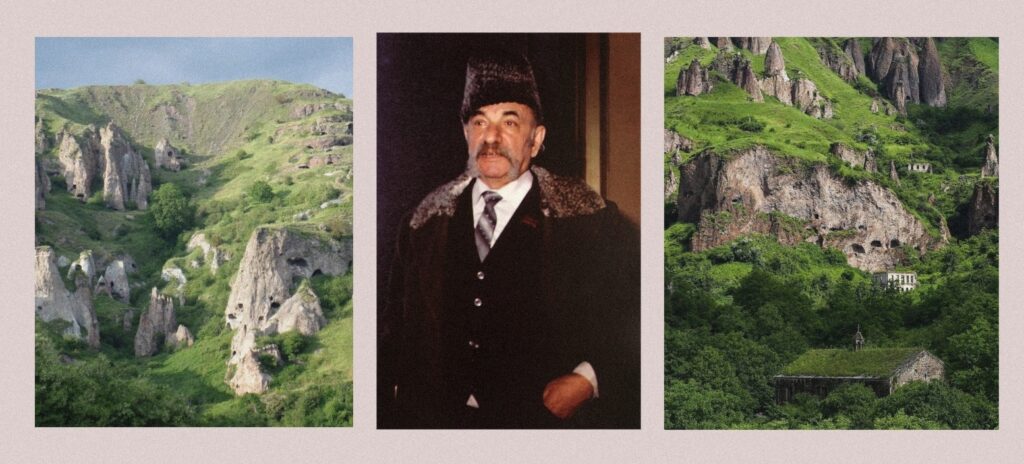
With the wisdom brought by years, every individual, enriched and matured, is mysteriously drawn toward their roots, toward the origins of their nation… toward the world where their essence and individuality were shaped, both on conscious and subconscious levels. The drive for self-discovery is the path leading to the Light.
Many contributors to Armenian culture, across different eras, have emphasized the issue of national self-awareness. “Everything returns to its original source to begin anew,” writes Sero Khanzadyan, highlighting that “Every person must have their own song…”
“Neither the curse, excommunication from the church, the seven-year repentance, nor the other prescribed punishments have been able to uproot the pagan beliefs and notions, which have come down from millennia of antiquity, from the consciousness of the people. These have endured until the last decades and have been recorded in several regions of Armenia by Armenian ethnographers of the 19th and 20th centuries” (L. Khachikyan, Works, vol. A, Yerevan, 2012, p. 19).
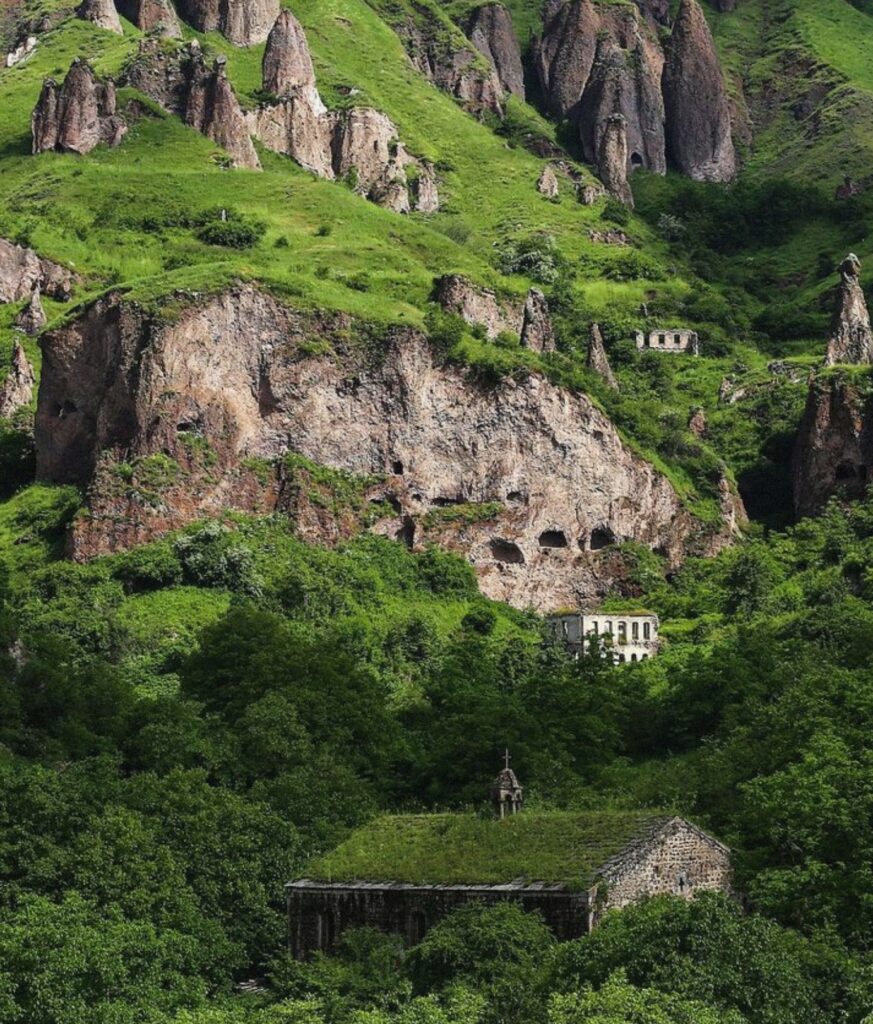
“From the distance of ashen times, I now see our ancestral home, nestled deep within the ruins of Dzagedzor’s ancient fortress, aged as Babylon itself.
I have also begun to glimpse the misty end of my life’s journey.
What has passed has turned into legends.
Their memories call to me day and night.
I hurry to finish this work so that my descendants, those who come after me, may know the spirit of their heroic Ancestors.
One must never lose their roots.
Light does not emerge from nothingness.”
And just as “The steed flies like a black lightning, racing back to its origin, to find itself…” (S. Khanzadyan), so too does the nation, as if awakening from a long-forced slumber, seek its origins anew, to regain strength through the Haikian teachings, the true national value system inherited from the Forefathers.
“The salvation of our nation lies solely in combativeness,” insists S. Khanzadyan.
“He who knows how to resist evil, will live,” we read in his autobiographical novel With and Without My Father (p. 310), where the author weaves the “myth of his life” with “the threads of events,” beginning in the village where “the stone is more useful than the host of Christ.”
Here, in the quarry of Glekhtan, the fire lit by Ancestor the Priest burns night and day. The great grandmother draws a cross over the fire in the evening, tosses a pinch of incense into it, extinguishing it, only to rekindle it at dawn.
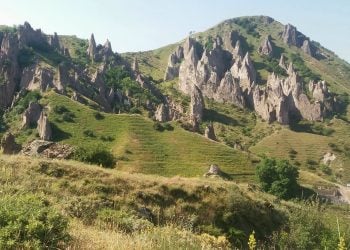
“Let it be known to you that this fortress-town where you live was the home of Patriarch Dzag” (p. 8).
“My father was gradually becoming a legend to me. In the evenings, he would sometimes gather the young and old boys of our remaining clan near the Atyan stone and sing… My father had a sweet voice that would also soften the rocky nature of our stone-filled domain” (p. 32).
“Jarrah Sargis, the clan elder, was such a powerful and bold man that, as they say, he could knock a bird out of the sky” (p. 22).
“Our clan, as my mother used to say, originated from Dzag, the grandson of Patriarch Sisak. Hence the name of our settlement: Dzagedzor.”
“The fire in our hearth, in our ancestral home, has been burning for two thousand years” (p. 231).
Below is an interview with Sero Khanzadyan…
